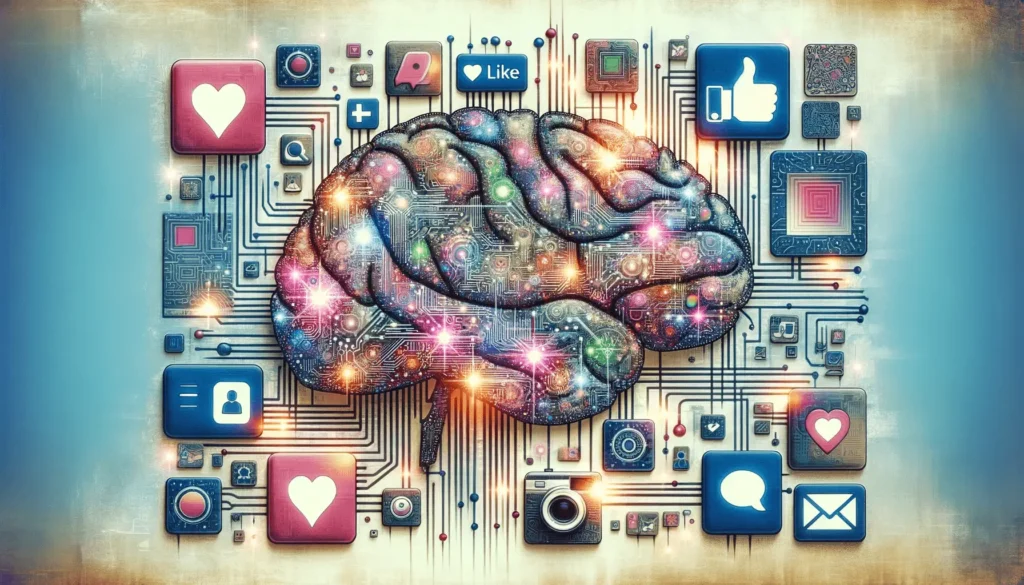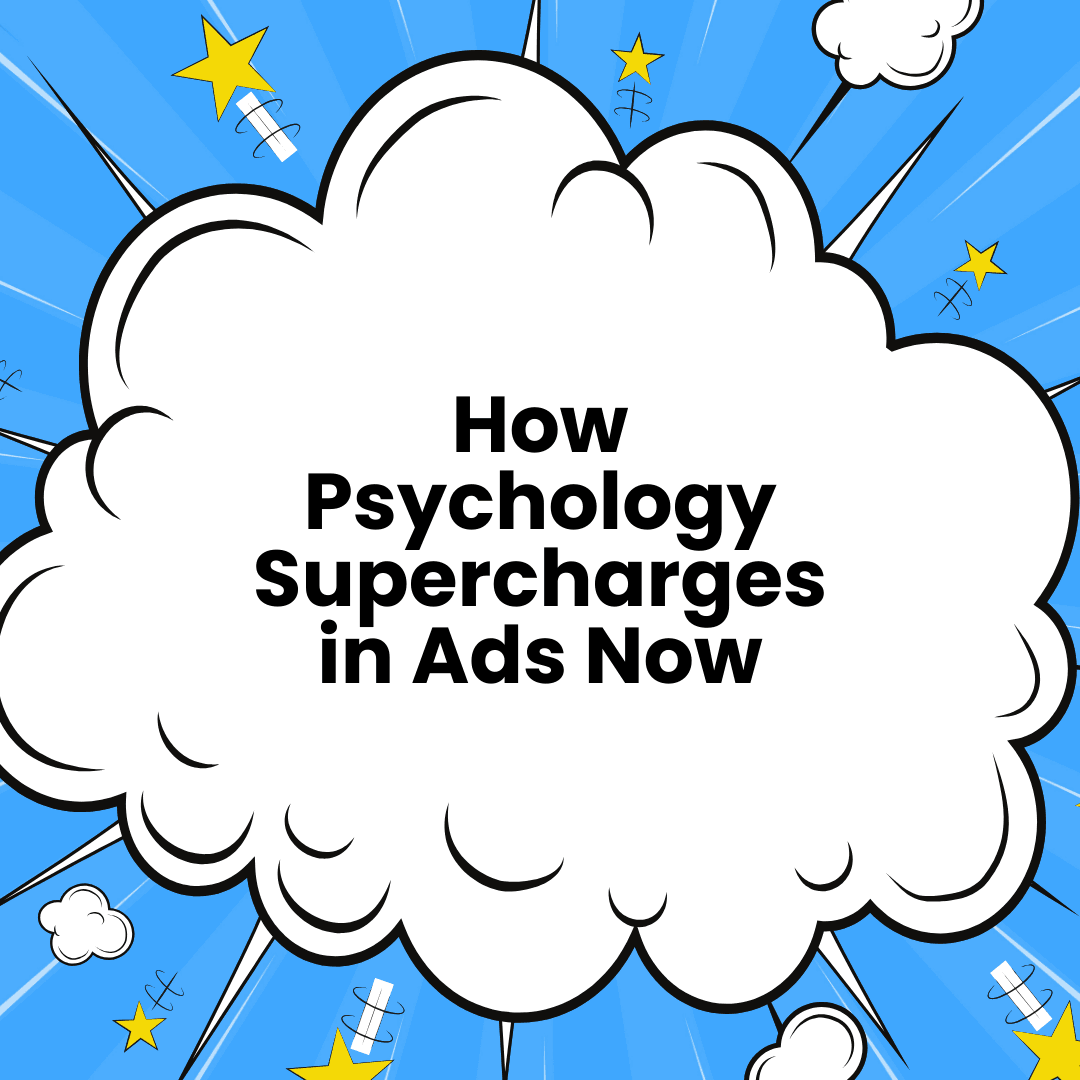Psychology is a game-changer in advertising, as it helps brands understand how people think and feel. By applying these insights, you can create ads that grab attention, spark emotions, and inspire action. Let’s explore how psychology transforms ads into powerful tools for success.

The Power of Emotional Appeal
Emotions always drive decisions, which is why ads that evoke joy, excitement, or nostalgia are so effective. For example, storytelling allows brands to create emotional connections that stick in people’s minds. When your audience feels connected, your product or service becomes unforgettable.
To use emotions effectively, you should focus on relatable stories and visuals. Additionally, adding colors, music, or imagery that trigger strong feelings can make your ads even more compelling.
The Science of Social Proof
People often trust the choices of others, making social proof a critical tool in advertising. For instance, testimonials, reviews, and influencer endorsements build trust instantly. When customers see that others love your product, they feel more confident in choosing it too.
To boost trust, you should showcase customer reviews or highlight impressive statistics that demonstrate your product’s popularity. Moreover, collaborating with influencers who align with your brand can further increase credibility.
The Role of Scarcity and Urgency
Scarcity works because it triggers the fear of missing out (FOMO), prompting people to act quickly. For example, phrases like “Only 2 left” or “Offer ends tonight” create a sense of urgency that motivates action.
To make the most of this tactic, you can use time-sensitive deals or exclusive offers in your ads. Furthermore, pairing these offers with a clear call to action will encourage immediate responses.
The Impact of Color Psychology
Colors always play a significant role in shaping emotions and decisions. For instance, red creates urgency, while blue conveys trust and calmness. Advertisers use color psychology to influence how viewers perceive their messages.
When creating ads, you should choose colors based on the emotions you want to evoke. At the same time, it’s essential to consider how your audience interprets these colors.
Personalization Builds Connection
Personalized ads feel more engaging because they show customers that you understand their needs. For example, addressing customers by name or recommending products based on their browsing history builds rapport.
To enhance personalization, you should leverage data to tailor your campaigns. In addition, making your ads feel personal will help them resonate on a deeper level.
Repetition Reinforces Messaging
Repetition is essential for helping your audience remember your brand. For instance, seeing your message multiple times builds familiarity and trust. When your slogan or branding is consistent, it reinforces your identity.
To strengthen your brand’s presence, you should ensure your ads carry the same message across all platforms. Consistency is key to making your brand memorable and trustworthy.
Conclusion: Psychology Makes Ads Powerful
Psychology unlocks the secret to creating impactful ads because it focuses on how people think and feel. By leveraging emotions, social proof, urgency, and personalization, you can connect with your audience in meaningful ways.
Are you ready to transform your ads using the power of psychology? Contact us today and start crafting campaigns that truly captivate your audience!

